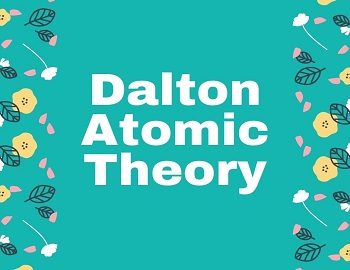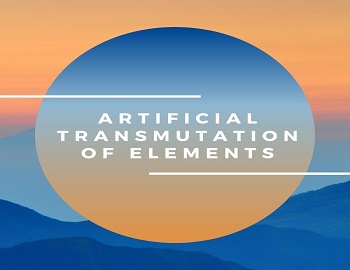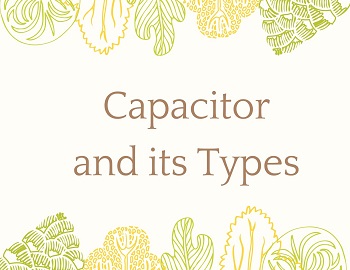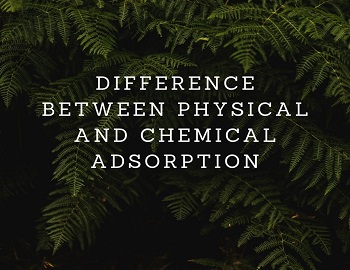Dalton Atomic Theory:
John Dalton (1808) suggested that matter was ultimately made up of extremely small particles which were indivisible during chemical changes. Such particles were named atoms. Dalton’s concept of the atom as the smallest indivisible particle did not hold long as the later researches carried out by celebrated scientists, Sir J.J.Thomson, Lord Rutherford and others proved clearly that atom is a complex structure- built up from three primary particles- Electron, Proton and Neutron.
The main points of Dalton’s atomic theory are as follows-
- Matter consists of extremely small particles called ‘atoms‘ which are not subdivided during a chemical change.
- Atoms can neither be created nor destroyed by any means.
- Atoms of different elements possess different properties and also differ in weights.
- Atoms of the same elements are similar in all respects including weight.
- Atoms combine in a simple but fixed ratio to form compound atoms (molecules). The compound atoms of one substance are alike in all respects but different from those of another substance.
Atom is the smallest particle that can take part in chemical reactions. Dalton’s compound atom is now regarded as a molecule. All atoms do not occur free in nature. Although a few like those of inert gases (Helium, Neon, Argon, Krypton, Xenon and Radon) occur as atoms, in general, they occur as molecules which are formed of two or more atoms (e.g. H2 – two atoms; O2 – two atoms; CO2 – three atoms; H2O – three atoms; H2O2 – four atoms).
Molecule is thus the smallest particle of a substance that can have Independent existence and possesses all the properties of the substance.









Comments (No)